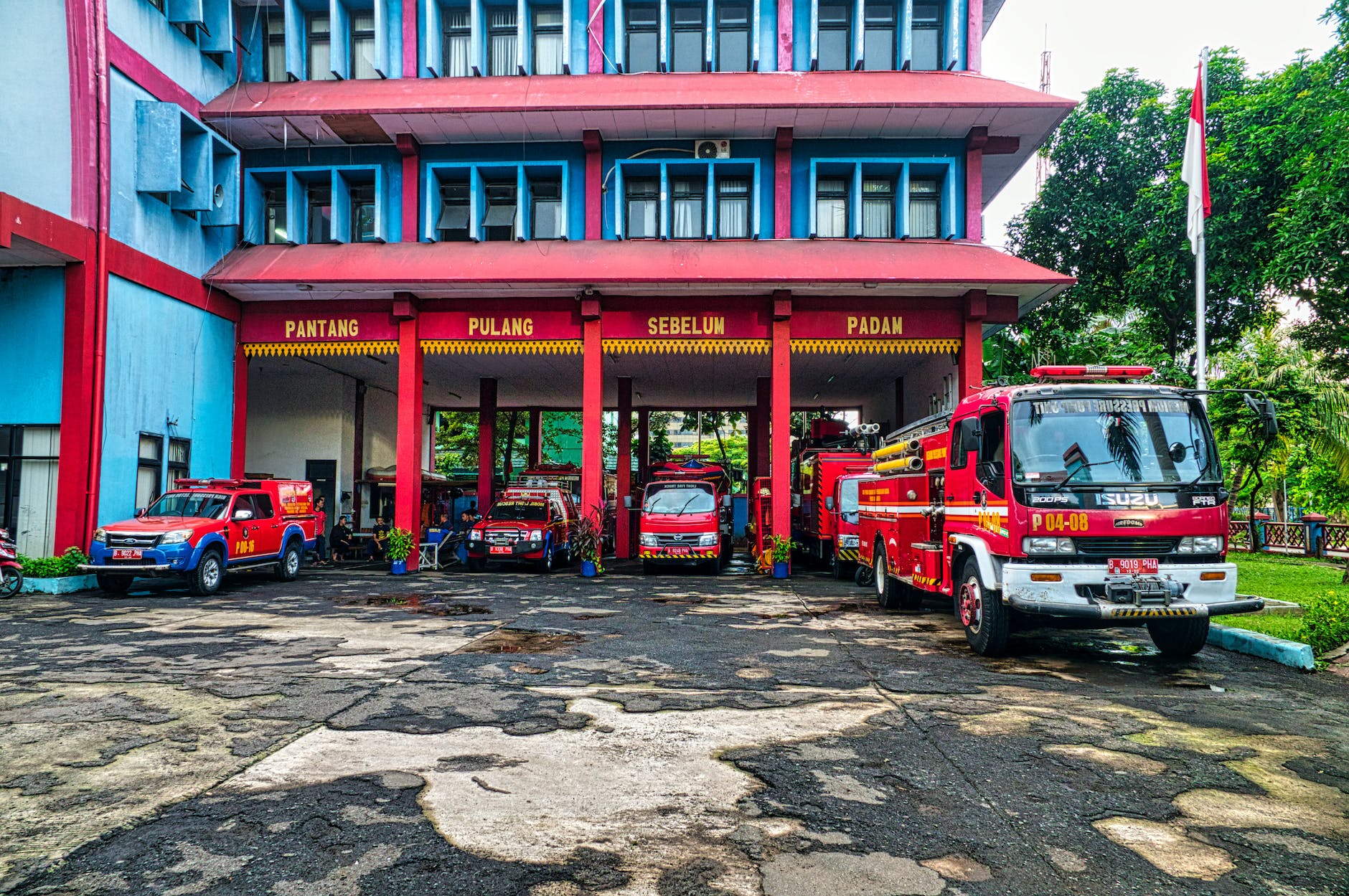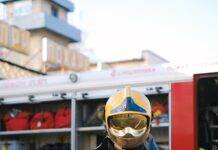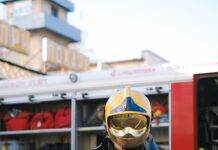
Complete Fire Safety Installation in Buildings: A Comprehensive Guide
Introduction
Fire Safety Installation : Fire safety is of paramount importance in any building, ensuring the safety of its occupants and protecting valuable assets. A well-implemented fire safety installation can make the difference between a controlled incident and a disastrous event. In this article, we’ll delve into the key aspects of fire safety installation in buildings, providing a comprehensive guide to safeguarding lives and property.
Understanding Fire Safety Installation
The Basics of Fire Safety
Before delving into installation specifics, it’s essential to grasp the basics of fire safety. This includes understanding fire behavior, the fire triangle, and the importance of early detection and prevention.
Regulatory Framework and Compliance
Fire safety installation in buildings is subject to stringent regulations and codes. We’ll explore the various regulatory bodies and codes that govern fire safety measures and how to ensure compliance.
Components of Fire Safety Installation
Fire Detection Systems
A fundamental component of fire safety is the installation of reliable fire detection systems. We’ll discuss the types of detectors available, their optimal placement, and the role of advanced technologies like smoke and heat sensors.
Fire Suppression Systems
In the event of a fire, quick and effective suppression is vital. This section will cover different fire suppression systems such as sprinklers, foam systems, and gas-based suppression, highlighting their pros and cons.
Emergency Evacuation Plans
Having a well-structured emergency evacuation plan is crucial for orderly and safe evacuation. We’ll detail the key elements of creating an effective plan and conducting regular drills.
Installation Process and Best Practices
Site Assessment
Before implementing fire safety measures, a thorough site assessment is necessary. We’ll guide you through evaluating potential fire hazards and identifying high-risk areas.
Design and Layout
Designing an effective fire safety installation involves considerations such as escape routes, fire-resistant materials, and accessibility for firefighting equipment. We’ll provide insights into creating a robust fire safety blueprint.
Equipment Installation
From smoke detectors to fire doors, proper installation is essential. This section will outline step-by-step installation processes for various fire safety equipment.
Maintenance and Ongoing Management
Regular Inspections
Fire safety measures should be regularly inspected to ensure functionality. We’ll discuss the importance of routine checks and outline what to look for during these inspections.
Training and Education
Occupants and staff should be educated about fire safety protocols. We’ll explain the significance of training programs and how they contribute to a culture of safety.
Keeping Up with Technological Advancements
The field of fire safety is constantly evolving. Stay updated with the latest technologies such as smart fire alarms and remote monitoring systems for more efficient fire prevention and response.
Conclusion
Prioritizing fire safety installation in buildings is a responsibility that cannot be overlooked. By understanding the basics, adhering to regulations, and implementing the right components, you can significantly mitigate fire risks. Remember, it’s not just about saving property; it’s about saving lives.
FAQs about Fire Safety Installation
- What are the key components of a fire detection system? Fire detection systems typically include smoke detectors, heat sensors, and flame detectors.
- How often should fire safety equipment be inspected? Fire safety equipment should undergo regular inspections at least once every six months.
- Can smart technology enhance fire safety? Yes, smart technology can improve fire safety through features like remote monitoring and instant alerts.
- Are fire drills necessary for small buildings? Yes, even in small buildings, fire drills are essential to ensure everyone knows how to react in an emergency.
- Where can I learn more about fire safety regulations? You can find comprehensive information on fire safety regulations from your local fire department or regulatory authorities.
























